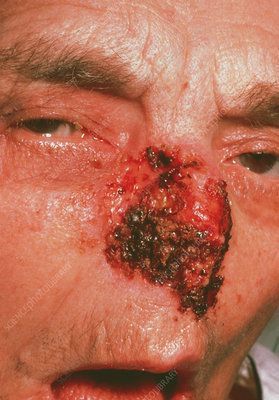Umbilical cord clamping and stem cell storage
The moment when the separation between mother and newborn baby occurs is known as “cord cutting”. The precise, and perhaps lesser known, technical term is “cord clamping”. Most couples who have chosen to store their baby's umbilical cord stem cells lack awareness of the conduct of this operation, especially regarding the timing in which to perform it.
There have been debates and exchanges of opinions, including very different
There have been debates and exchanges of opinion, some very different, on the time it should take to perform cord cutting, as confirmed by the committee of the’American College of Obstetricians and Gynecologyst and dall’American Academy of Pediatrics 1 . According to some clinical studies, if it is performed late the’separation operation between mother and child, it can have a iron deficiency in the newborn by facilitating antioxidant capacity 1,2 ; in addition to this, a polycythemia (increased red blood cells in the blood) 3 , or an increased need for phototherapy to treat jaundice 4 . According to another study, If clamping is performed too early, Instead, it is possible to take many more CD34 cells + 5 . A recent revisiting of the’topic 6 pointed out that a precise timing for clamping cannot be established without defining a priori the health status and physiology of the baby.
The health of mother and baby always comes first, regardless of whether you want to preserve umbilical cord stem cells, which does not rule out the possibility of proceeding the same 1 . World Health Organization (WHO) has provided guidance about the procedure of late clamping 7 : the suggested timing fluctuates between 1 and 3 minutes after birth.
A number of institutes have commented on the topic, we list the major opinions:
- according to Il New York Blood Center the late performance of cord cutting reduces the chance of harvesting enough stem cells for donation/preservation;
- l’American College of Obstetricians and Gynecologists with regard to late clamping, it suggests a 30- to 60-second wait, arguing that by doing so, bilirubin is likely to increase excessively (hyperbilirubinemia) and fewer stem cells can be removed;
- during the World Cord Blood Congress held in London pointed out that the risk of post-clamping anemia is not a real risk in developed countries 8 .
In conclusion, couples who choose late cord cutting would be faced with the decision of whether to retain enough stem cells or have a higher iron value after delivery.
Even the president of the Cord Blood Association, Joanne Kurtzberg, will weigh in on the topic, including talking about how cord banks (both public and private) could participate proactively. We certainly cannot rule out the possibility in the years to come that umbilical cord stem cells may be used not only for transplants but also in cell therapies 8 .
Opting for stem cell preservation is an essential starting point to help study new therapies for treating a growing number of diseases.
If you found this article interesting share it in your network!


